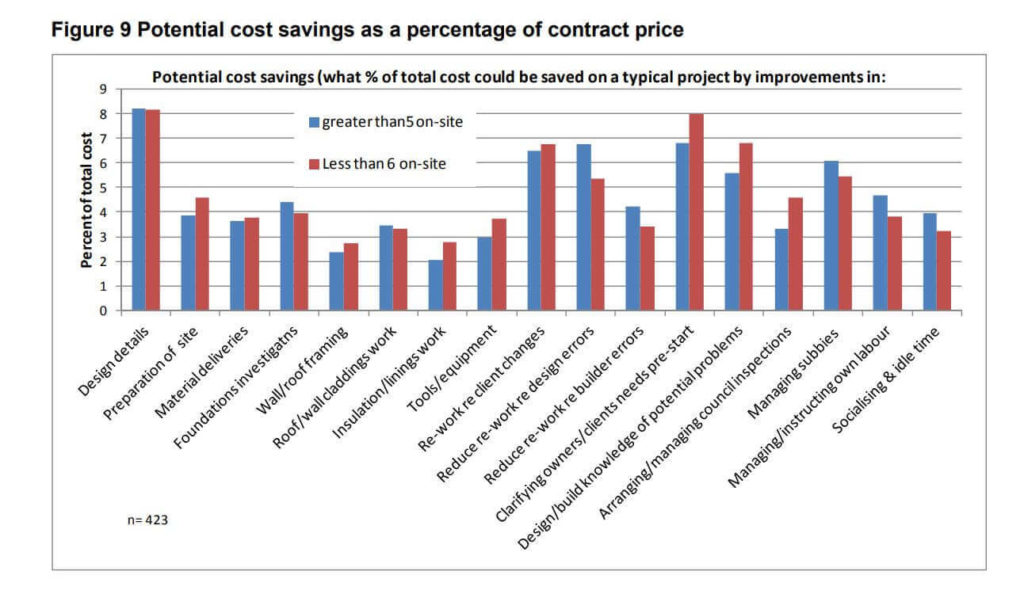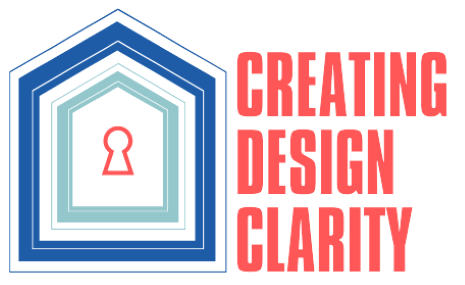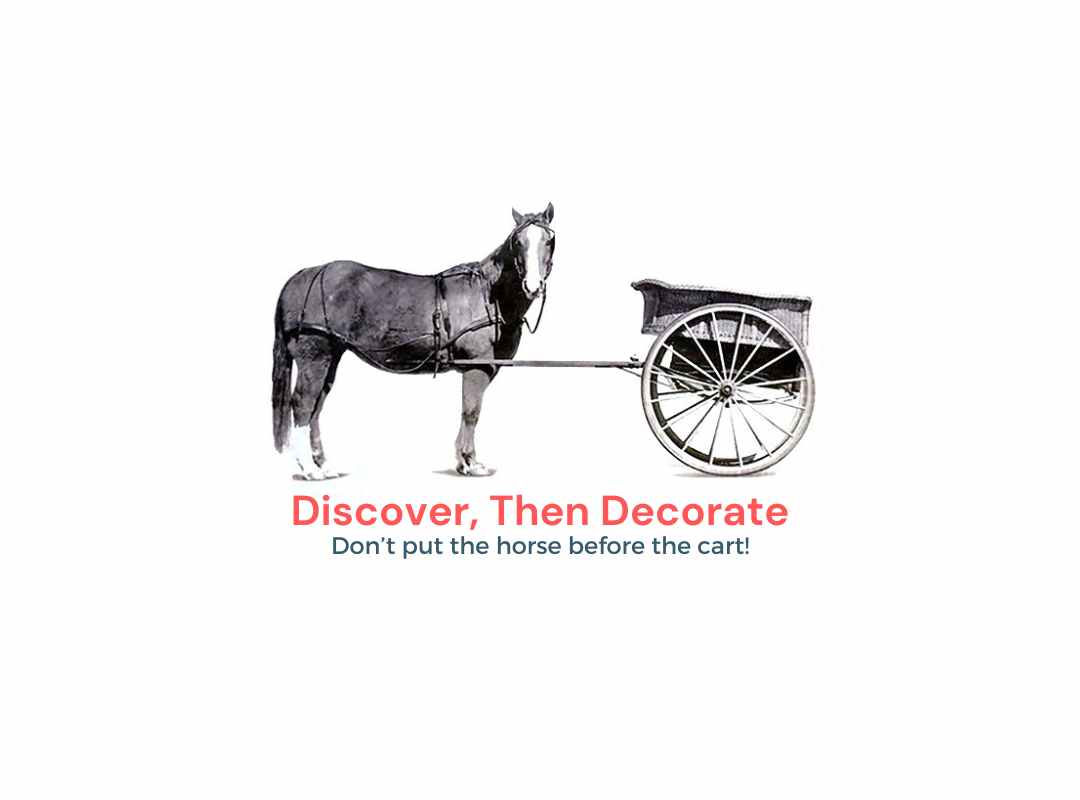BRANZ (Building Research Association of New Zealand)¹ surveyed 500+ New Zealand-based residential builders² in 2013 and produced comprehensive research findings to help their builders understand where issues potentially begin… i.e., this report is 100% from a builder’s point of view of how to have a better outcome during and immediately after the completion of a residential renovation.
There is also no feedback from the homemaker on how the finished home improvement project affects them emotionally and physically. i.e., the short-to-middle-term impact “once the dust settles” to dwell and reflect on the finished home improvement project and how they feel about it. (Nor is this implied in this report.)
This report is focused predominately on structural changes (and the management of them) – not on any input from an interior designer; the selecting of paint / wallcovering (paint type/colour, wallpaper, texture etc), window treatments, accessories, flooring, furniture (style/size/shape), feel and layout, etc.
BRANZ Findings (Figure 9 Potential cost savings as a percentage of the contract price):

(BRANZ, 2013, p.9) “The chart indicates the largest savings are by clarifying the client’s requirements at the start, having good design details, reducing client changes after the start, and reducing design errors.
These three broad measures amount to 30% and are the potential savings on a typical job, assuming all the planning, client briefing, and management is close to ideal.”
“amount to 30% and are the potential savings on a typical job.”
This implies that 30% could be the minimum amount wasted on a typical residential home improvement project because it is only focused on structural changes and does not take into consideration the homeowners’ unique personal (interior design style) “Home Design DNA.”
It raises some very interesting points that collaborate with Creating Design Clarity’s independent findings based on engaging with 1200+ homeowners throughout New Zealand.
Bottom line:
- Factor 1: It is vital that a homemaker knows and has documented their “unique home design personality” before starting any home improvement project. This is because it provides all of the information for the builder (and any design professional involved) for the planning and client briefing parts of the overall project.
- Factor 2: In addition, knowing your “unique home design personality” before starting also ensures immediate to long-term satisfaction in the finished project from an emotional and well-being point of view for the occupants of the home. You spend, on average, 69.7% of each day at home indoors.
These two factors combined contribute to the main negative reasons why 42.3% of homemakers who engage with an interior designer/architectural service or DIY, are not happy and will say, “Something is missing here”.
That is why only 24.6% LOVE the finished home improvement project long term.
The solution is for the homemaker to know and document their “unique home design personality” before starting any home improvement project.
Revealing your home design DNA and documenting is achieved through this course: ‘Unique Home Design Personality’ course. Are you ready to begin your adventure to become a Fearless Happy Homemaker?
Your investment is less than 10% of a simple residential project,³ and is immediately repaid by minimizing the 30% budget blowout that occurs, in addition to ensuring enduring love, positive emotions, and physical enjoyment gained from the space long-term.
Would you like to achieve those results? Once you have documented your home design DNA, you then either give a copy to your chosen design professional (or specialised renovation company) or, use it as a compass to guide you as a DIYer. Start here to become a Fearless Happy Homemaker, today.
References:
1. https://www.branz.co.nz/about/
2. A builder is usually a qualified carpenter or tradie who has gone on to get their building licence. They are qualified to do any type of residential project from a small renovation to build from scratch. They also have skills and knowledge in managing teams or businesses. To become a qualified carpenter they need to complete an apprenticeship (4 years) and gain a New Zealand Certificate in Carpentry.
3. Any residential makeover project is a minimum of $10k in material costs alone.






